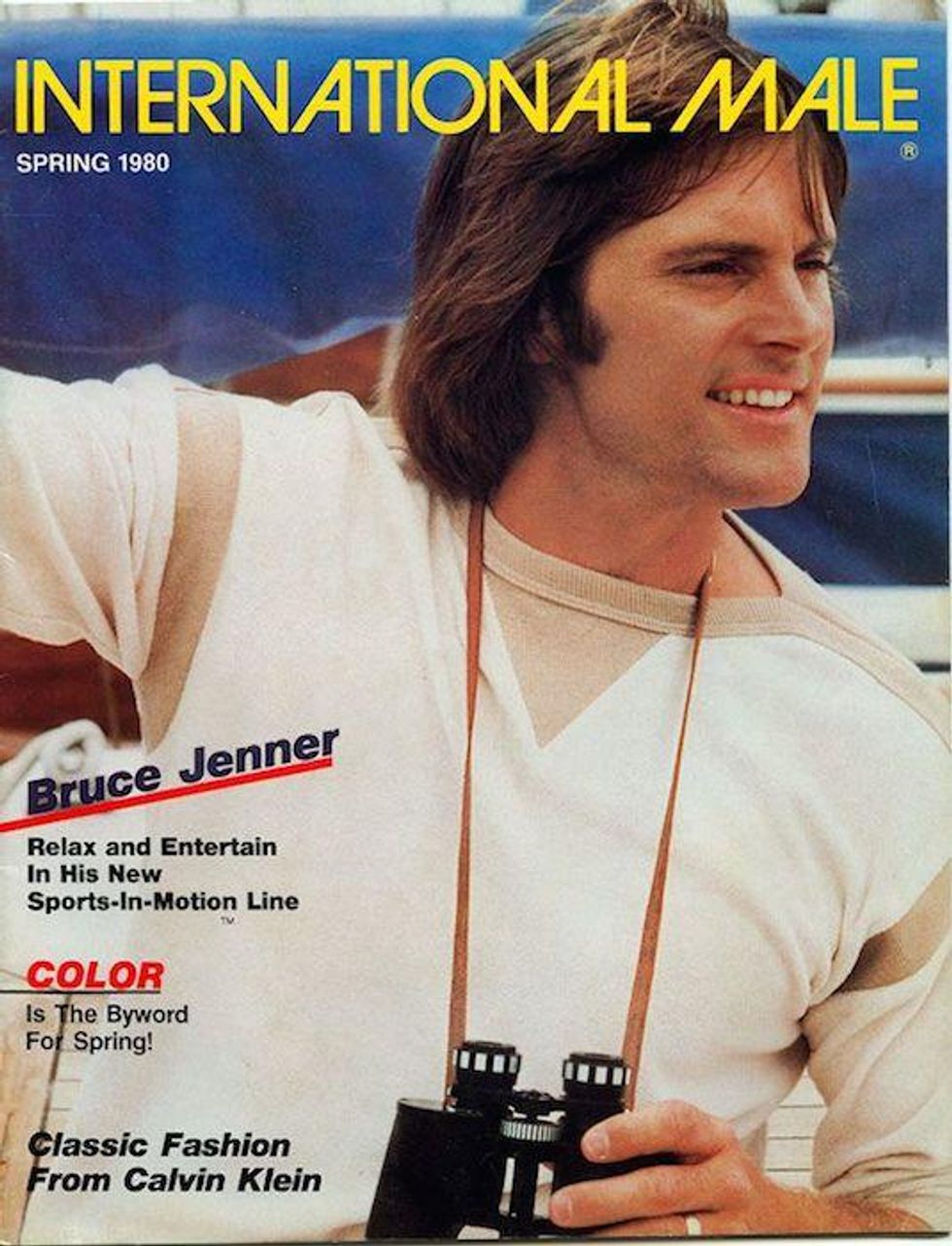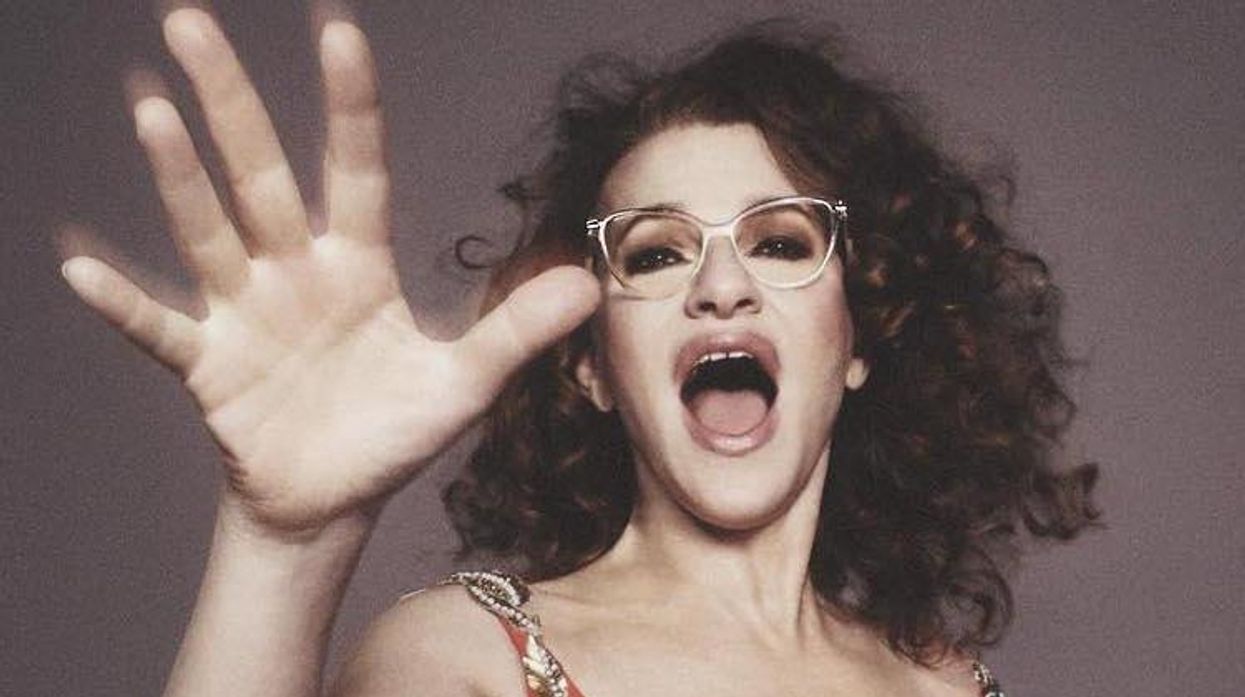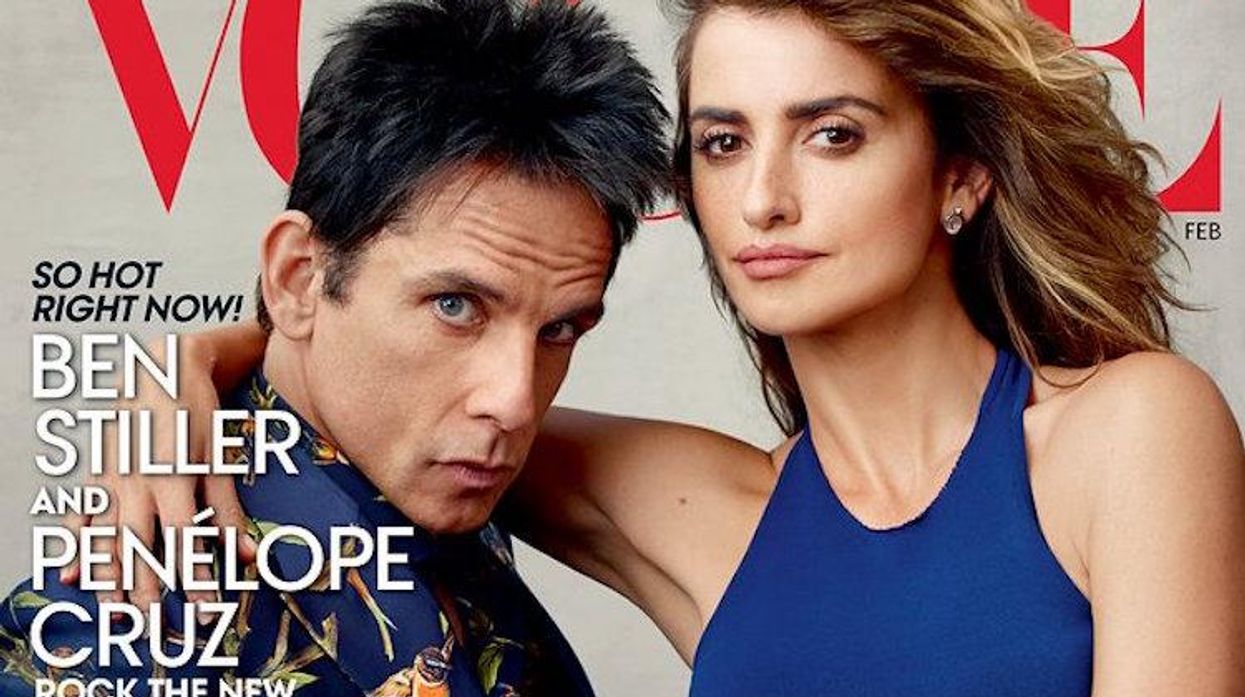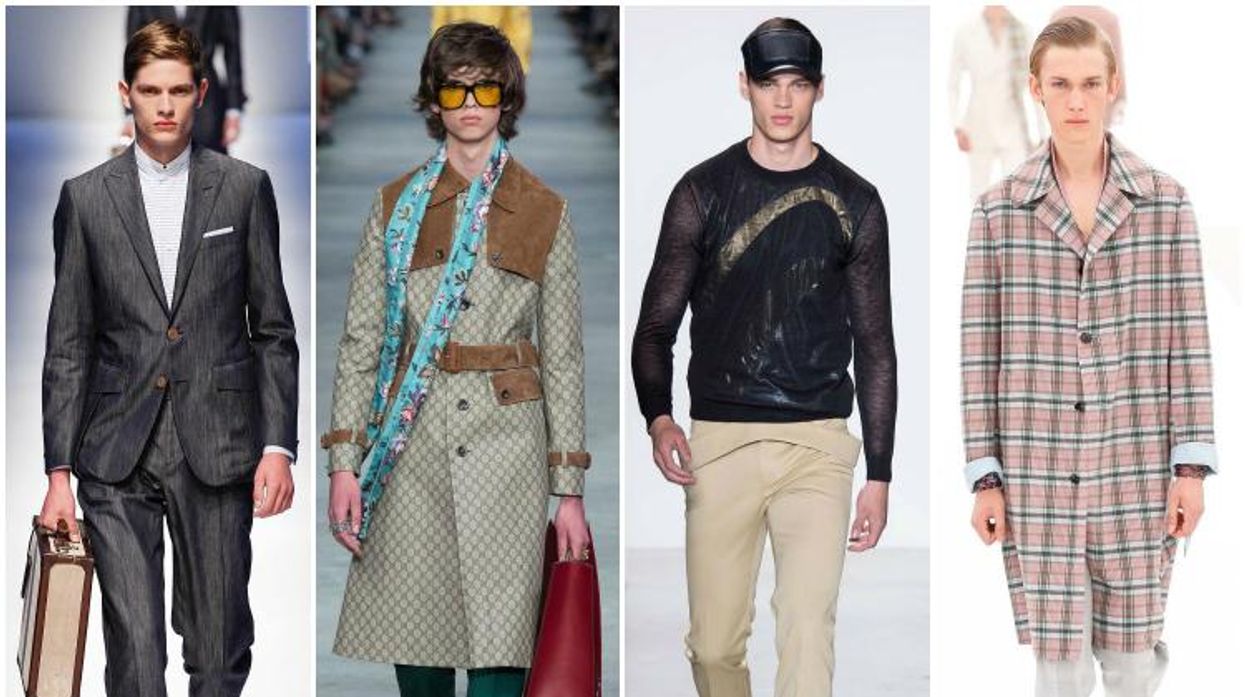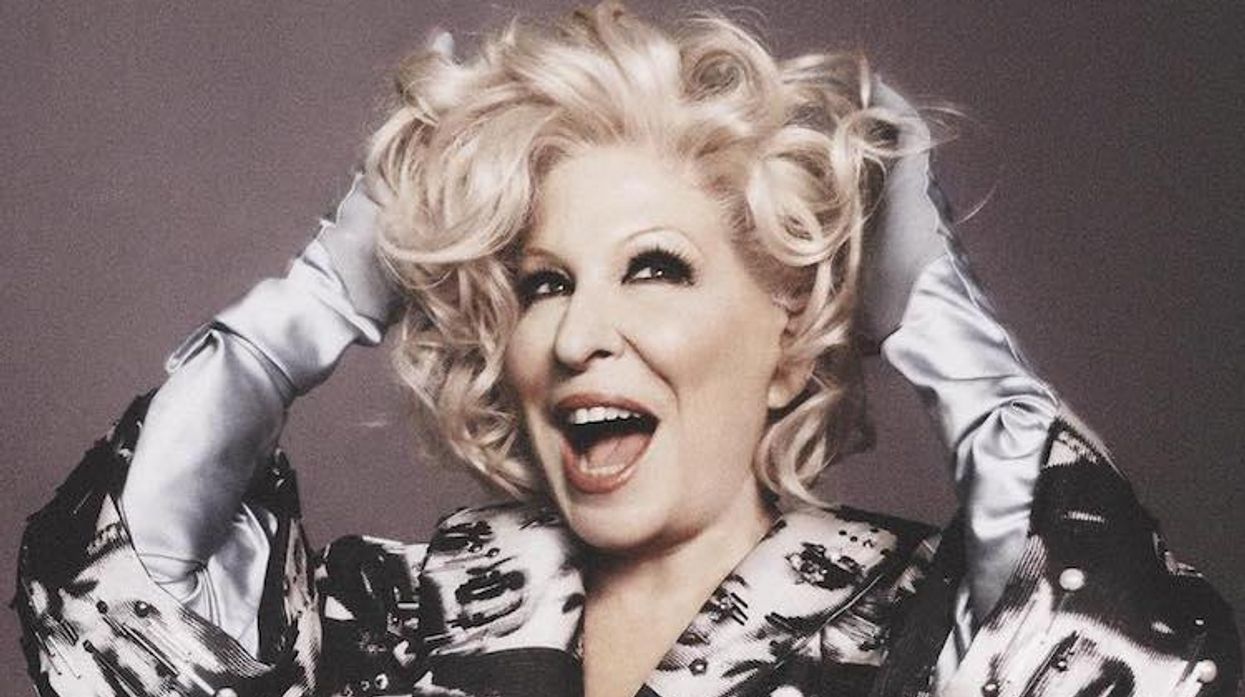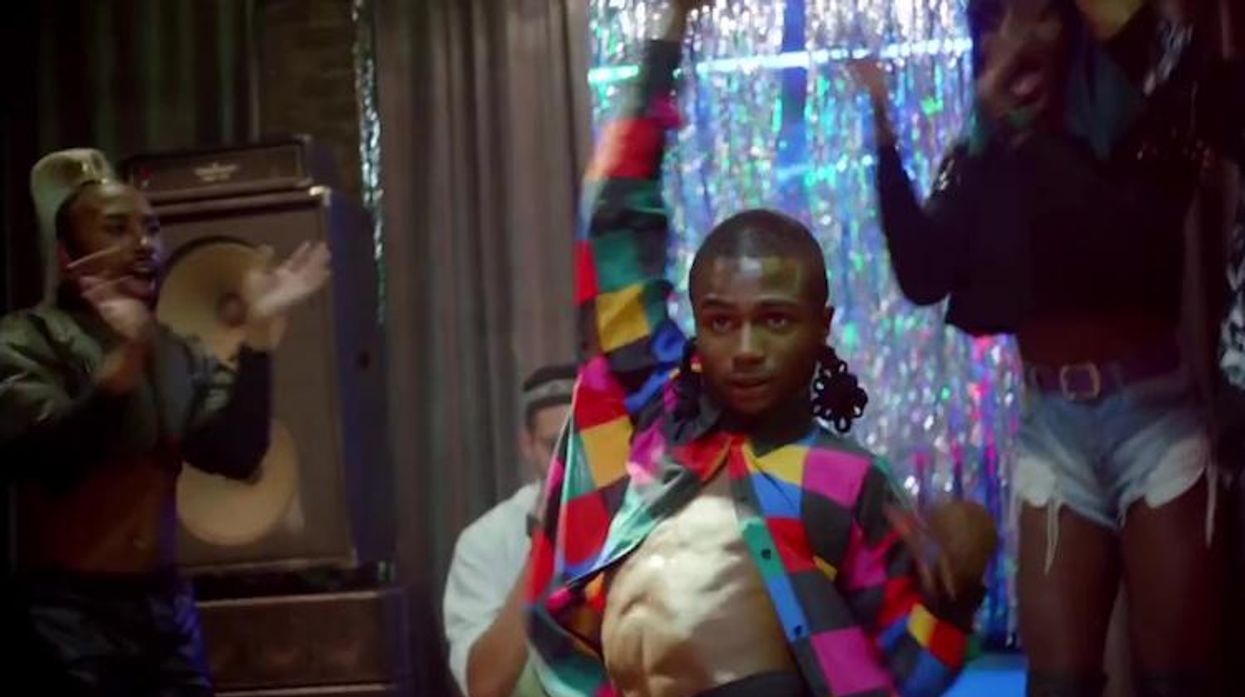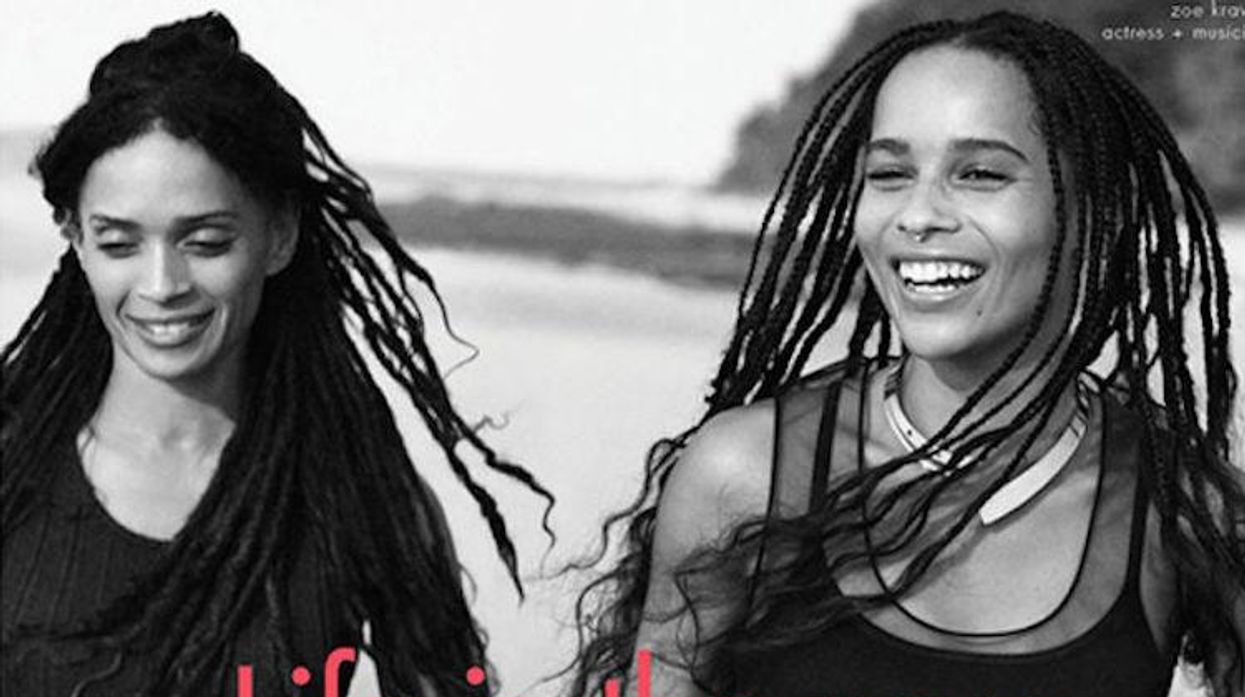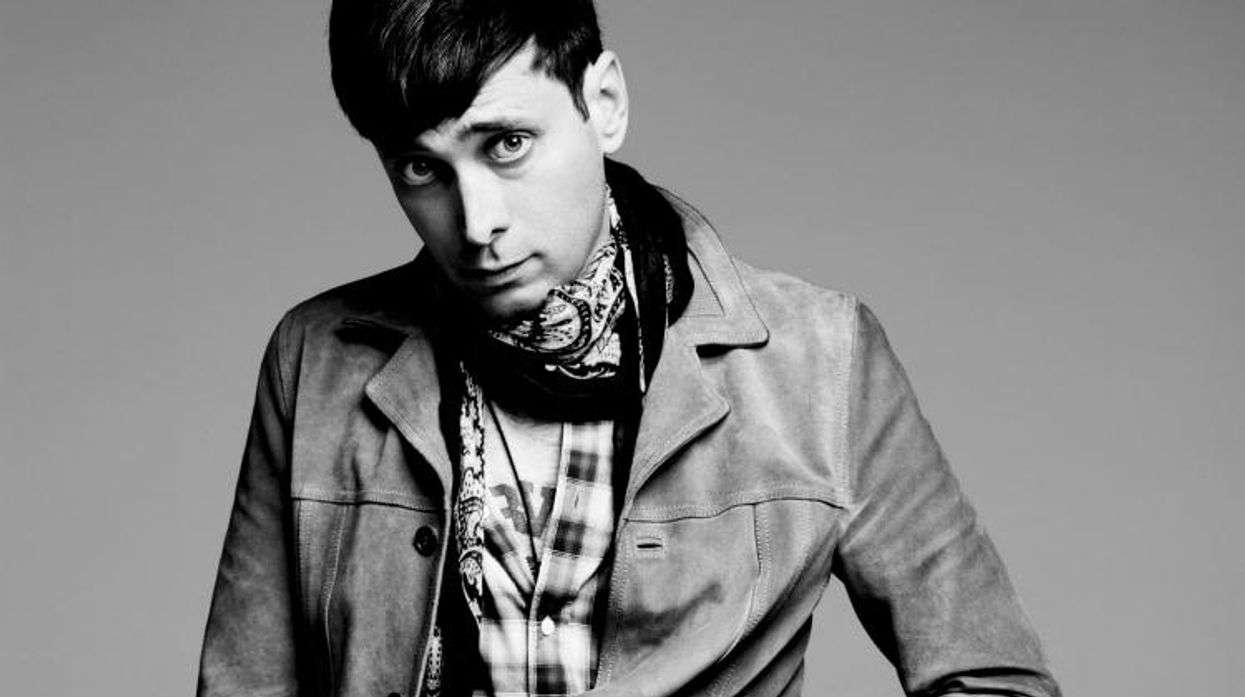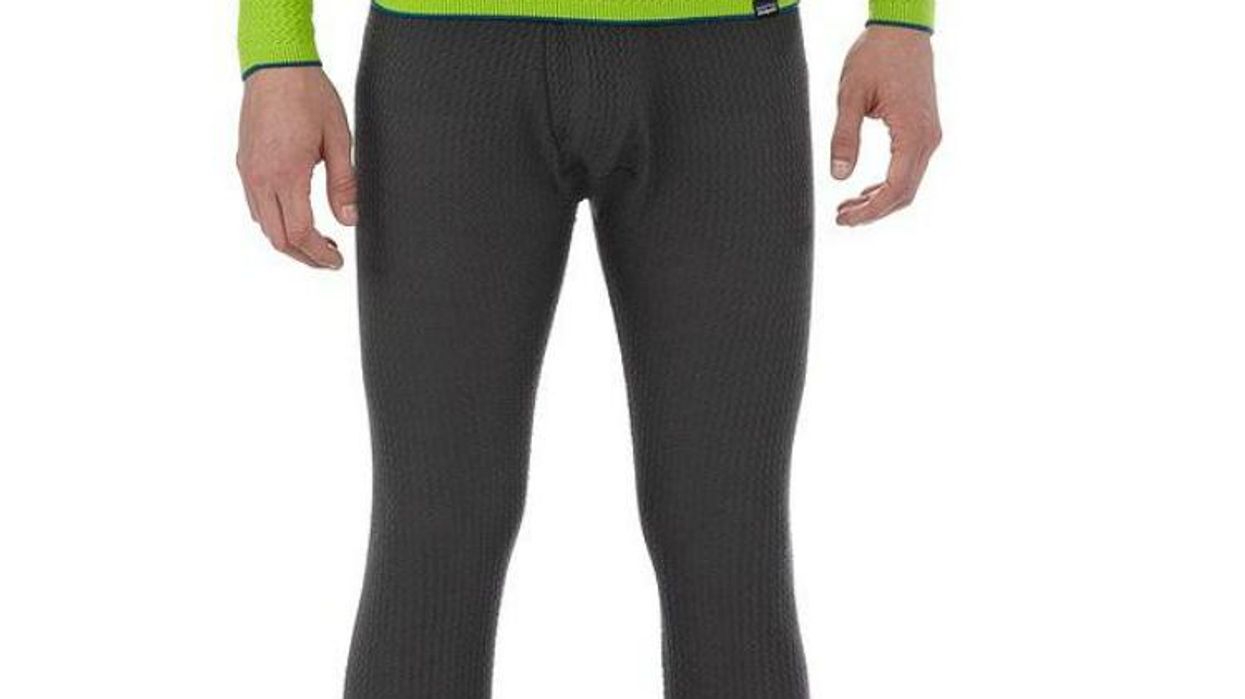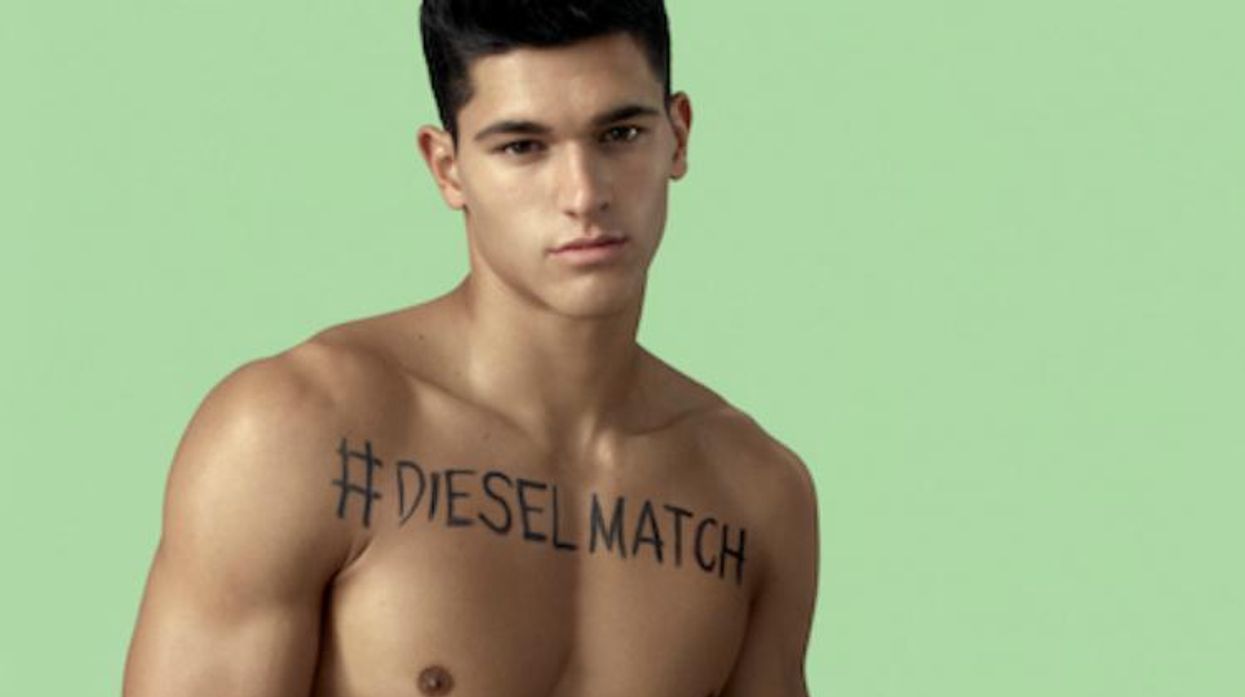In the mid-1970s, former ad salesman Gene Buckard opened a San Diego store whose name, Brawn of California, defined its mission: changing the way men perceived "loungewear" from tacky leopard-print brief and fat-shaming muumuus to sexy, body-hugging and box-revealing underwear, bathing suits, thongs and jocks. Undressing for success fueled a second store in Los Angeles. But it wasn't until Buckard began mailing catalogs that his company really took off.
Under the name International Male, Buckard's mantra was "fashion forward"; unfortunately, that often translated into items like an $88 "Rock & Stone Ripped Stitching Jean" that could have inspired Dolly Parton's quip, "It costs a lot of money to look this cheap." Buckard was addicted to weird neologisms like "pant" for pants (e.g., the "James Jean"). Cargo pants became the "Missionary Pant." Leather jackets were called "Rocky," "Montana," "Motion," "Cruise," "Charlie" and, my personal favorite, "Bondage."
By 1993, International Male had moved into the mainstream -- albeit as an object of ridicule. The "Pirate Shirt" inspired one of the most popular episodes of Larry David's Seinfeld. IM did manage to land at least one major "get" for a cover shoot: former Olympic star-turned-actor named Bruce (now Caitlyn) Jenner. But in 2001, a model agent told the New York Times -- after the film Zoolander featured a blow-up of the fictional super-model's IM cover in his agent's reception area -- that: "Our clients see someone in International Male and don't even consider him. It's a bad, bad image."
SLIDESHOW | THE BEST & WORST OF INTERNATIONAL MALE FASHION
The millions of gay men who eagerly anticipated the quarterly mailings were only focused on the back "Undergear" section, which featured perfectly sculpted models in variations of slutwear. As America embraced underwear models like Mark Waldheim in his Marky Mark phase and telenovela hunk William Levy, brands like Calvin Klein and 2xist went mass market. IM fell under the corporate umbrella of Hanover Direct, a direct-mail company whose ads for double-knit slacks were anything but fashion forward.
In a 1988 article in Catalog Business, two years after Buckard sold to Hanover, I estimated that IM was grossing $50 million a year. But Hanover was never able to figure out how to extend IM from gay men into the mainstream. It tried spin-offs like the one for older men and themed issues like "Passport to Spain," but it wasn't until 2009, when Hanover finally conceded that the tail was wagging the dog, that International Male formally became known as Undergear.
By then, however, it was already becoming too late to turn around IM's tarnished image. "Undergear filled a gap in offering men a place to get sexy underwear from the comfort and privacy of home," noted Minneapolis actor Paul Cram. "But a guy with an Under Armour waistband peeking out from his gym shorts or jeans has a lot more prestige around his waist than 'Undergear.'"
Like many "legacy brands," Undergear was also fatally slow to figure out how to migrate its business to the Internet. "Years ago, brands didn't sell direct to consumer online," noted Michael Kleinman, editor of The Underwear Expert. "As the years went on, if you had to choose, you'd buy from a discounter. Amazon does a huge underwear business,"
Companies have to offer more than just products, added Marry Vallerta, whose L.A.-based Fab Counsel advises fashion companies on social media: "They have to establish a meaningful relationship with its customer. Brands have to be able to entertain consumers outside the purchasing experience."
Even as Andrew Christian videos and N2N photo shoots were keeping customers returning to their sites, Undergear suffered the death of a thousand corporate cuts. Hanover, struggling under management turmoil, shareholder lawsuits, insider-trading accusations, and delisting from NASDAQ, became a mere shell of itself. Today, it doesn't even solicit much interest from bottom-fishing penny-stock traders or senior editors of Direct Marketing News.
Outside of the occasional auto-generated Twitter feed hyping one of the dwindling number of final-sale items final-sale items on its website (33 as of this writing), Undergear's only digital footprint remains Facebook "friends" asking what the hell happened. When called for a response, a customer-service rep tersely summed up the present situation: "You can read between the lines."
It's a sad end to a once-storied brand. But I'll cherish the memory of flowered jeans everyone thought had been designed by Stephen Sprouse (actually $8 at an IM clearance sale). Or consider the "Hooded Workout Shimmel" -- a concept I found ridiculous, only to see every other young gay guy in a sleeveless hooded workout T-shirt. A rose by another name...
And if you were lucky, wise (or horny) enough to have kept any catalogues, know they're being auctioned for $7 and up on eBay (sans sticky pages). Just imagine how much you could get for that Bruce Jenner cover!



